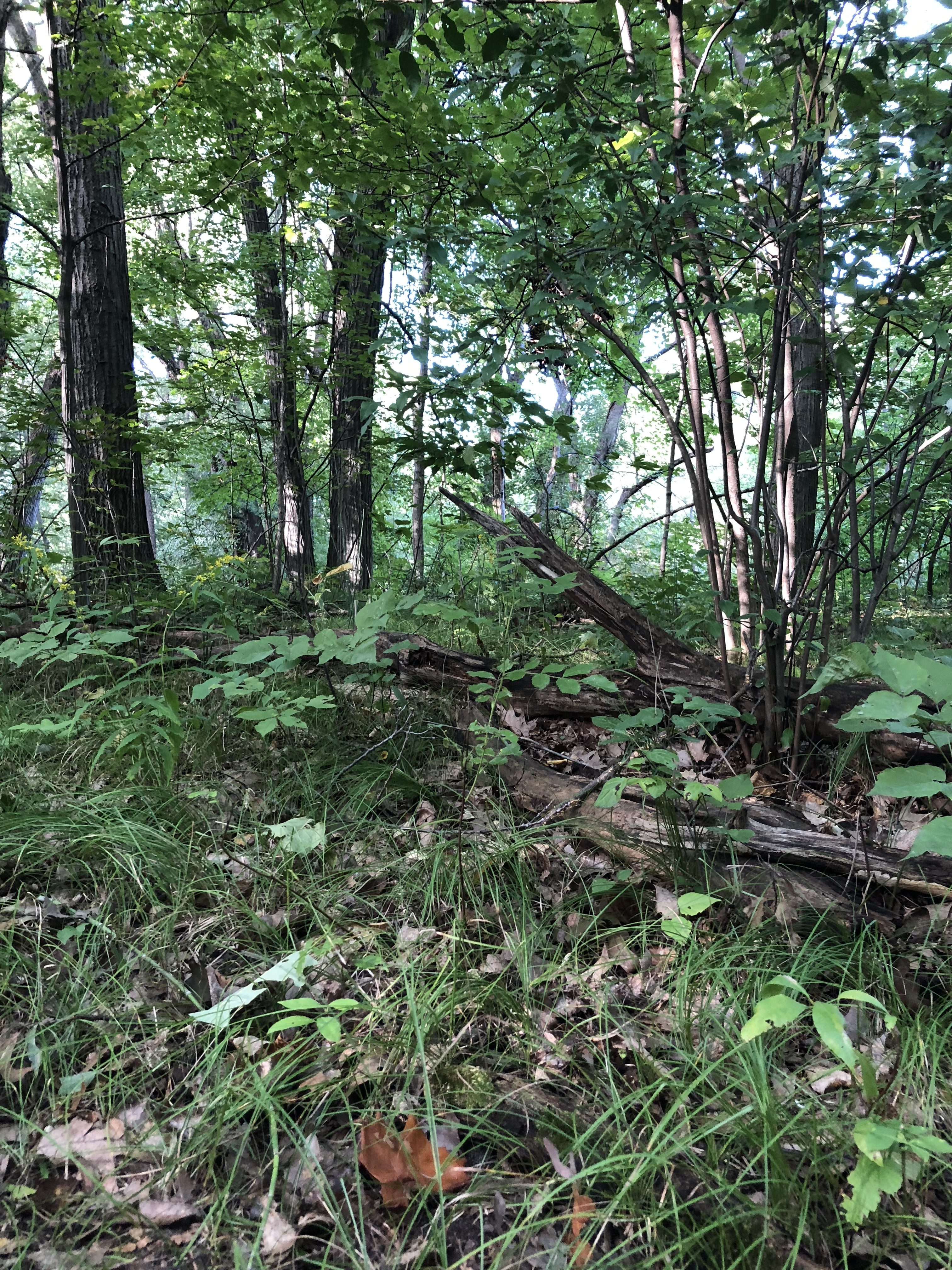Cantharellus Cinnabarinus
The red chanterelle, native to eastern North America, has a wide distribution.

Cantharellus cinnabarinus (Schwein.) Schwein.
The red chanterelle, native to eastern North America, has a wide distribution. Found scattered or alone in summer and fall, it is easily recognized by its flamingo pink to cinnabar red pigments and well-spaced decurrent false gills. This species contains multiple carotenoids, but the most prominent is canthaxanthin. This phytochemical is common in nature, used as an additive in the food industry, and is being studied for a variety of medicinal applications. The convex cap is 1-4 cm across with a stipe 1-4 cm long and 0.5-1.5 cm wide. The pinkish-cream spores are smooth, ellipsoid, and measure 6-11 x 4-6 micrometers.
It is mycorrhizal with several hardwoods including oak, beech, aspen, and hickories. It smells fragrant or sweet and tastes peppery when cooked.

Taxonomy
- Basidiomycota
- Agaricomycotina
- Agaricomycetes
- Cantharellales
- Cantharellaceae
- Cantharellus
- cinnabarinus
- Basionym: Agaricus cinnabarinus
References:
- Kuo, M., & Methven, A. S. (2014). Mushrooms of the Midwest. University of Illinois Press.
- Kuo, M. (2015, March). Cantharellus cinnabarinus. Retrieved from the MushroomExpert.Com.
- National Center for Biotechnology Information. PubChem Compound Database; CID=5281227, (accessed Oct. 3, 2018).



 Print
Print Email
Email




